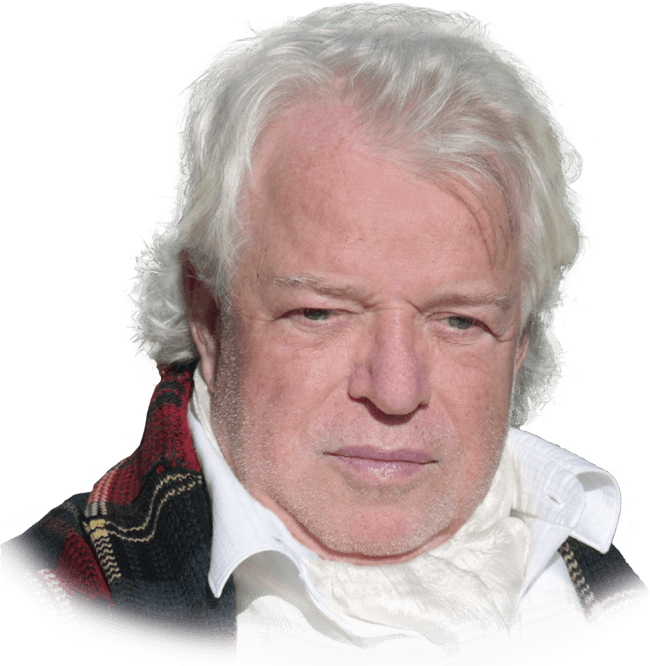 |
PETER HÜBNERClassical Composer
|
SPRINGER NATURE International Medical Experts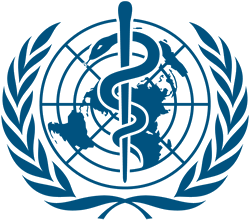 Best Scientific Preparation against STRESS
Best Scientific Preparation against STRESS
as acknowledged on the conference “Society, Stress & Health” of the WHO World Health Organization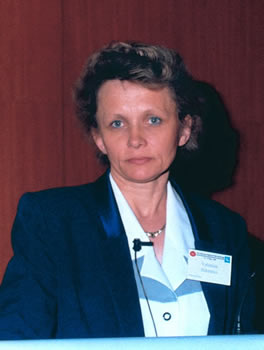 Prof. Dr. med. Walentina Sidorenko
Prof. Dr. med. Walentina Sidorenko
Surgeon and Gynaecologist at the Belarusian State Medical University Minsk, Belarus
Springer Nature advances discovery by publishing robust and insightful research, supporting the development of new areas of knowledge, making ideas and information accessible around the world.




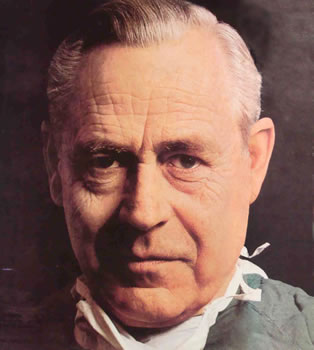 Prof. Dr. med. Björn Nordenström
Prof. Dr. med. Björn Nordenström
Director of Radiology at the Karolinska Institutet, Sweden – Chair of the Committee for the Selection of the Nobel Prize in Physiology or Medicine Recognition and registration of Medical Resonance Therapy Music® by the classical composer Peter Hübner as scientific Music Therapy for the Health Service of the Republic of Belarus
Recognition and registration of Medical Resonance Therapy Music® by the classical composer Peter Hübner as scientific Music Therapy for the Health Service of the Republic of Belarus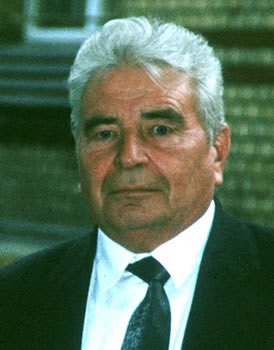 Prof. Dr. med. G. Gerassimowitsch
Prof. Dr. med. G. Gerassimowitsch
Chair in Gynaecology, Belarusian State Medical University, President of the Belarusian Association for Gynaecology and Obstetrics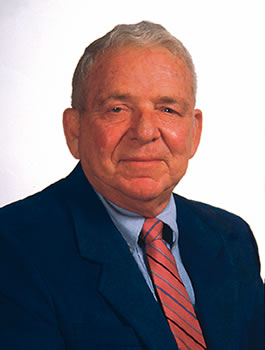 Prof. Dr. med. Paul J. Rosch
Prof. Dr. med. Paul J. Rosch
President of the AMERICAN INSTITUTE OF STRESS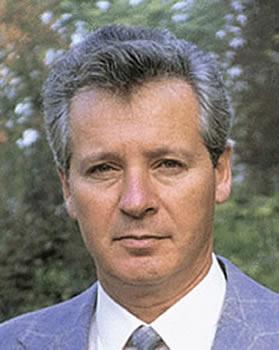 Prof. Dr. med. Alexander Reznikov
Prof. Dr. med. Alexander Reznikov
Neuroendocrinologist and Medical Drug Developer, Director of the Laboratory for Neurohormonal Control of Human Reproduction at the Research Laboratory for Neuroendocrinology at the Ukranian Academy of Sciences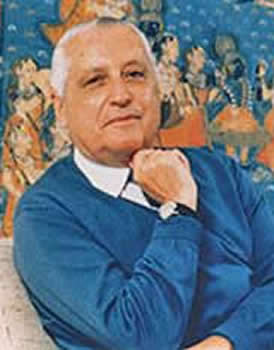 Prof. Dr. Ilya Prigogine
Prof. Dr. Ilya Prigogine
Nobel Laureate for Chemistry, Free University in Brussels, Belgium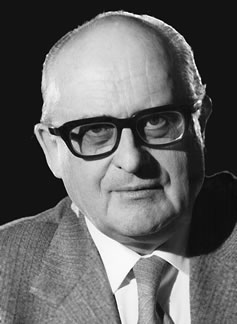 Prof. Dr. Rudolf Haase
Prof. Dr. Rudolf Haase
Founder and longtime Director of the Hans-Kayser-Institute for Fundamental Harmonical Research at the University for Music and the Performing Arts Vienna, Austria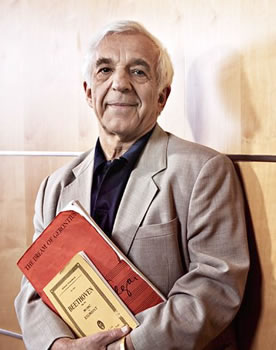 Vladimir Ashkenazy
Vladimir Ashkenazy
one of the best pianists of our time, Principal Conductor and Artistic Adviser: Sydney Symphony Orchestra, Conductor Laureate: NHK Symphony Orchestra, Tokyo, Philharmonia Orchestra, London, Iceland Symphony Orchestra, Music Director: European Union Youth Orchestra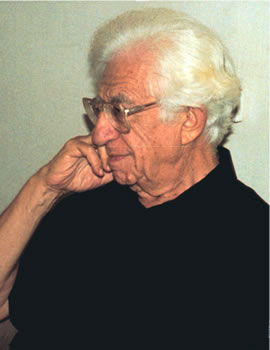 Prof. Dr. Herzl Shmueli
Prof. Dr. Herzl Shmueli
Chairman, Faculty of Musicology at the University of Tel Aviv
on Peter Hübner’s Medical Resonance Therapy Music®
PETER HÜBNER
MEDICAL RESONANCE THERAPY MUSIC®
Scientific Application & Artistic Utilization of the
Cosmic Harmony Laws of the Microcosm of Music
Case 5
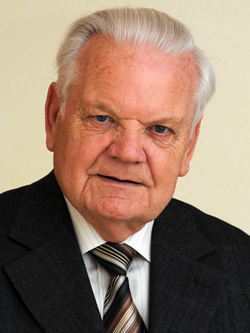
Prof. Dr. med. Horst Köditz
was, until his retirement head of the Department of Pediatrics at the University of Magdeburg, Germany and of the University Children’s Hospital.
From 1990 – 1993, he was Rector of the University of Magdeburg, Germany.
“A mother feels love for her child. Then the sound of her voice and her look will become full of love as she takes her child in her arms and caresses it. These signals of love are received by the child via its sense organs, which direct them to the world of emotion. Arrived there, they initiate a wave of love as answer, which finds its expression through the same signal paths and comes back to the mother.
In this exchange or training those nerve connections are built and consolidated, which enable the experience and expression of love. For a child who is given only a few experiences of love, security, joy, tenderness, it is normally much harder to develop these qualities in his later life than for a child whose world of emotion is regularly ‘nourished’ with these qualities of the heart; because the nerve connections which represent these qualities have not been stimulated and consolidated through the sense organs as intensively.
Many neuroscientists assume today that in this way all abilities of feeling, understanding and intellect receive their neurological stimulation and consolidation. The outer stimulation of these qualities is achieved through the sense organs. Their impulses co-decide which networks in the brain will be consolidated and expanded through intensive use (gain more importance) and which ones will receive a rather small importance or will be even given up completely.
This finding of neuroscience is of utmost importance for education and upbringing, because, automatically the question arises concerning the quality of what travels through the sense organs to the brain and takes a share in shaping its architecture.
I would like to describe a case which I think illustrates very well the positive effects of Medical Resonance Therapy Music® on a child’s mind and world of emotion.
In a project with disabled children – which I was supervising from the medical side – the following happened:
After a charity concert of the classical composer Peter Hübner in the Magdeburg Cathedral in Germany in favor of the children of Chernobyl some teachers bought the Medical Resonance Therapy Music® of Mr. Hübner and used it for severely disturbed children in the special education field. Among them was a schoolmistress who also looked after a so-called ‘tube-child’: in the area of special care small children are called ‘tube-children’ who often reject any contact with other people and even refuse to eat food.
In order that their physical development is not being harmed, such children, for safety reasons, must be force-fed in special facilities through a tube.
The mentioned teacher looked after such a small child and during all the time of her educational care, she had unfortunately not yet succeeded to come into any positive contact with the child.
Was the child gently touched, for instance, in an attempt to establish contact with it, it often vomited the food back which it had just ingested before – as if it wanted to document its resistance against the attempt of trying to contact it.
A few days after the concert in the cathedral of Magdeburg, the teacher installed by the bed of her foster child a sound system and played the CD ‘Mother and Child’ of the Medical Resonance Therapy Music®, which she had purchased at the concert. Already after a few seconds she had the impression that the child responded positively to the music.
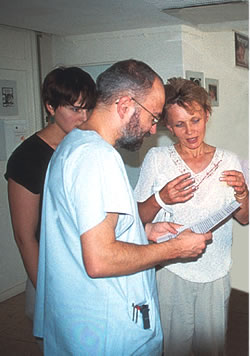 This impression became soon a certainty, and therefore she organized a few days later, that the music was played more frequently and for longer. After several days of such treatment the child gained confidence and while the music was playing it looked for the first time to establish an eye contact with the teacher: with this – for the first time – the child established a conscious positive communication with the teacher.
This impression became soon a certainty, and therefore she organized a few days later, that the music was played more frequently and for longer. After several days of such treatment the child gained confidence and while the music was playing it looked for the first time to establish an eye contact with the teacher: with this – for the first time – the child established a conscious positive communication with the teacher.
A little later the child did not oppose to be caressed by the teacher and enjoyed it, and soon there was also a regular feed without vomiting the food back.
For the nursing staff of the institution the effect of Medical Resonance Therapy Music® on the child was extremely moving and the teacher later reported, how some of them got tears in their eyes as the child, listening to the music, began to happily babble for the first time.
They were able to see how under the influence of the music many previously inhibited development processes caught up and how the child over time developed more and more into a ‘normal’ child.”
Excerpt from a report of Prof. Dr. med. Horst Köditz as part of a medical seminar.
Prof. Dr. med. Horst Köditz was many years rector of the University of Magdeburg, Germany, where, until his retirement, he headed the Department of Pediatrics and the University Children’s Hospital.